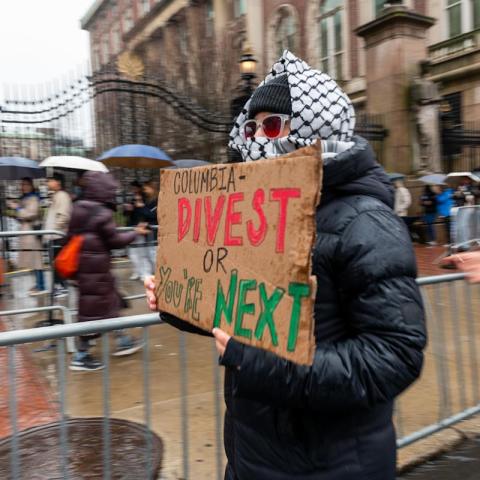President Trump recently announced the deployment of National Guard members to Washington, D.C., alongside a federal takeover of the D.C. police. He emphasized this move as a necessary step to address crime in the capital, despite recent statistics showing a decline in crime rates.
During a press briefing, Trump declared that the nation’s capital was facing severe issues of crime and disorder. He framed the deployment as a “liberation day” for D.C., asserting it was crucial for restoring safety. Supported by officials from various government departments, Trump invoked the District of Columbia Home Rule Act to place the police department under federal authority, claiming immediate action was required.
Current data reveals that violent crime in Washington has dropped significantly. For instance, robberies decreased by 28%, while overall violent crime fell by 26% this year compared to last year. In fact, the Justice Department reported that 2024 marked the lowest violent crime rates in over three decades for D.C.
Despite these encouraging statistics, Trump criticized “phony numbers” on crime statistics and suggested that the conditions in the city have negative implications for the federal government. He cited other cities, like Chicago and Los Angeles, as additional examples of rising crime elsewhere.
The president’s actions also include a plan to remove homeless encampments and increase the presence of federal law enforcement in the area, asserting the need for public order. Interestingly, a House Oversight Committee representative confirmed that Congress had been notified of the police department’s extended federal control, which can last up to 30 days.
Local officials, such as D.C. Mayor Muriel Bowser, have pushed back against Trump’s characterization of the city’s crime levels, asserting that crime rates are not spiking. Bowser mentioned on multiple occasions that the city has been experiencing a drop in violent crime and that they have consistently worked with federal law enforcement.
The use of the National Guard in D.C. is not new; similar deployments have occurred during times of unrest, such as in 2020 after George Floyd’s death. Recently, Trump compared the situation in D.C. to border security issues, emphasizing his commitment to making the capital a safer place.
While public safety is an important concern, the mixed reactions from different stakeholders illustrate the complex nature of crime management in urban settings. It’s essential to consider both current trends and expert insights when evaluating the effectiveness of these federal actions in addressing crime in Washington, D.C.
Source link
Donald Trump, Crime, Washington D.C.





















